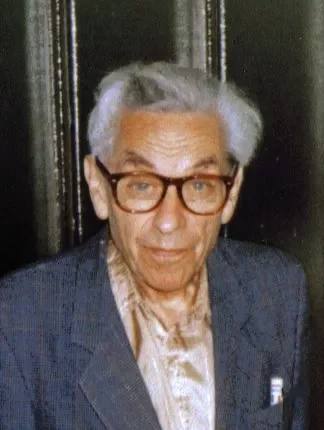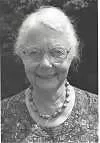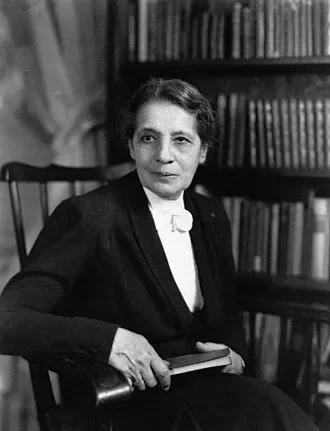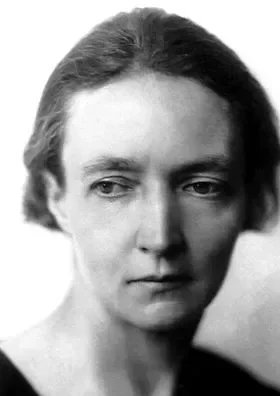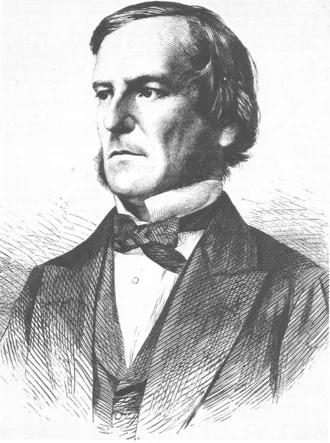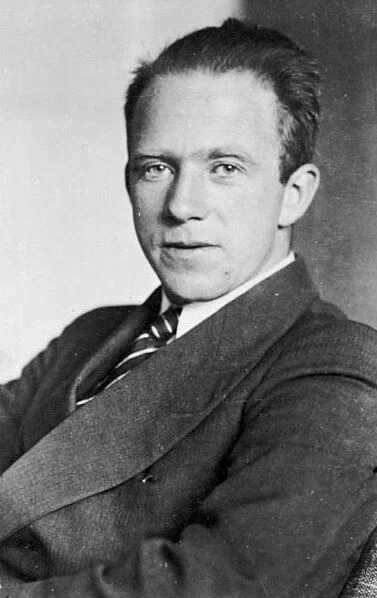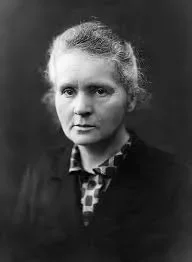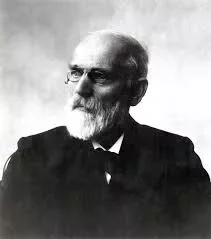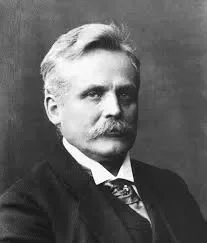Real Celebrities Never Die!
OR
Search For Past Celebrities Whose Birthday You Share
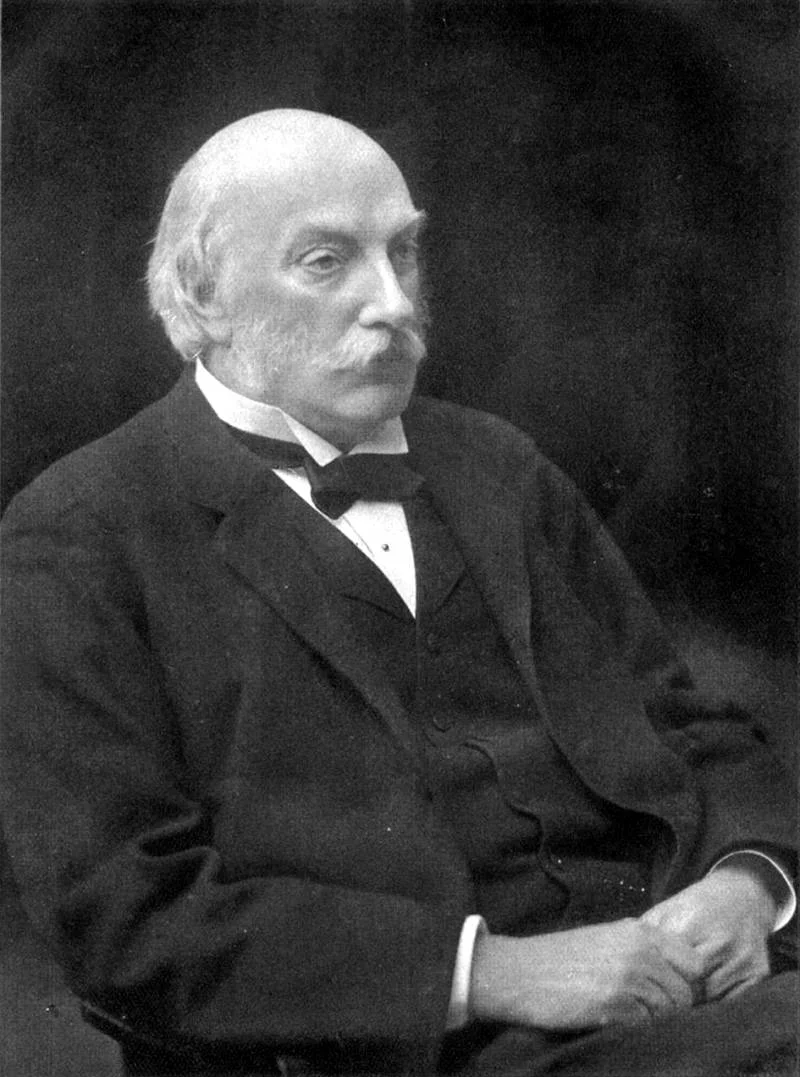
source: wikipedia.org
John William Strutt
Birthday:
12 Nov, 1842
Date of Death:
30 Jun, 1919
Cause of death:
Unknown
Nationality:
British
Famous As:
Physicist
Age at the time of death:
76
Early Life and Education
John William Strutt, 3rd Baron Rayleigh, was a British physicist and Nobel laureate whose significant contributions to the fields of optics, acoustics, electromagnetism, and fluid dynamics cannot be forgotten. Strutt was born in Langford Grove, Essex, England to an aristocratic family. His father was John James Strutt, the Second Baron Rayleigh, and his mother was Clara Elizabeth La Touche. Strutt was frail and weak in his childhood and also suffered from poor health which affected his education. Despite this, he studied at Eton College and the University of Cambridge where he studied mathematics and physics. He became a Fellow of Trinity College in 1866 and an Experimental Physics professor in 1879.
Early Contributions to Physics
Strutt’s curiosity enabled him to publish his first paper in 1869, a lucid exposition on aspects of James Clerk Maxwell’s electromagnetic theory, which showcased his ability to simplify complex concepts in a straightforward manner. One of Strutt’s most significant contributions was in the field of sound theory. His early work in acoustics set the stage for his future groundbreaking discoveries.
The Theory of Sound
Strutt constantly traveled to Egypt and Greece, where he began writing his magnum opus titled *The Theory of Sound*. Strutt analyzed vibrations, resonance, and acoustic propagation in various media. He published his findings in two volumes, which are considered monumental achievements in acoustical literature. These works became foundational texts in the study of sound and wave mechanics.
Inheriting the Title of Baron Rayleigh
After his father passed away, John William Strutt inherited the title of Baron Rayleigh. He took up residence at Terling Palace, where he constructed a laboratory suitable for his scientific explorations. This private lab allowed him to pursue a wide range of experiments that significantly contributed to physics.
Discovery of Rayleigh Scattering
Strutt is best known for discovering Rayleigh scattering, which explains why the sky is blue and why the sun appears red at sunset. The Rayleigh scattering law became a cornerstone in the study of wave propagation, particularly in understanding how light interacts with small particles in the atmosphere.
Nobel Prize and the Discovery of Argon
In 1894, Strutt discovered the noble gas argon in collaboration with chemist William Ramsay. This discovery earned them the Nobel Prize in Physics in 1904. Their work on argon was a pivotal moment in the study of inert gases and expanded the periodic table.
John William Strutt's Quote's
Later Life and Legacy
In the later years of Strutt’s life, he assumed the role of Chancellor of the University of Cambridge, further solidifying his influence in the academic and scientific communities. Strutt passed away in Witham, Essex, England, at the age of 76. His contributions to physics, particularly in the realms of sound, light, and gas discovery, left an indelible mark on the scientific world.
Name:
John William Strutt
Popular Name:
John William Strutt
Gender:
Male
Cause of Death:
Unknown
Spouse:
Place of Birth:
Langford Grove, Maldon, Essex, England
Place of Death:
Terling Place, Witham, Essex, England
Occupation / Profession:
Personality Type
Architect: John William Strutt was known to be an introvert and was more interested in the theoretical than the practical.
Strutt discovered argon an important element in the periodic table.
He discovered the phenomenon known as Rayleigh scattering which explains why the sky is blue.
His work on sound waves led to the understanding of musical pitch.
He won the Nobel Prize in Physics in 1904.
He was awarded the Royal Medal in 1882.
He was awarded the Copley Medal in 1899.
He was awarded the Rumford Medal in 1914.
Strutt won the Faraday Lectureship Prize in 1895.
He was awarded the De Morgan Medal in 1890.
He won the Matteucci Medal in 1894.
He won the Barnard Medal for Meritorious Service to Science in 1895.
He won the Albert Medal in 1905.
Strutt was awarded the Smith’s Prize in 1865.
He won the Elliott Cresson Medal in 1913.
